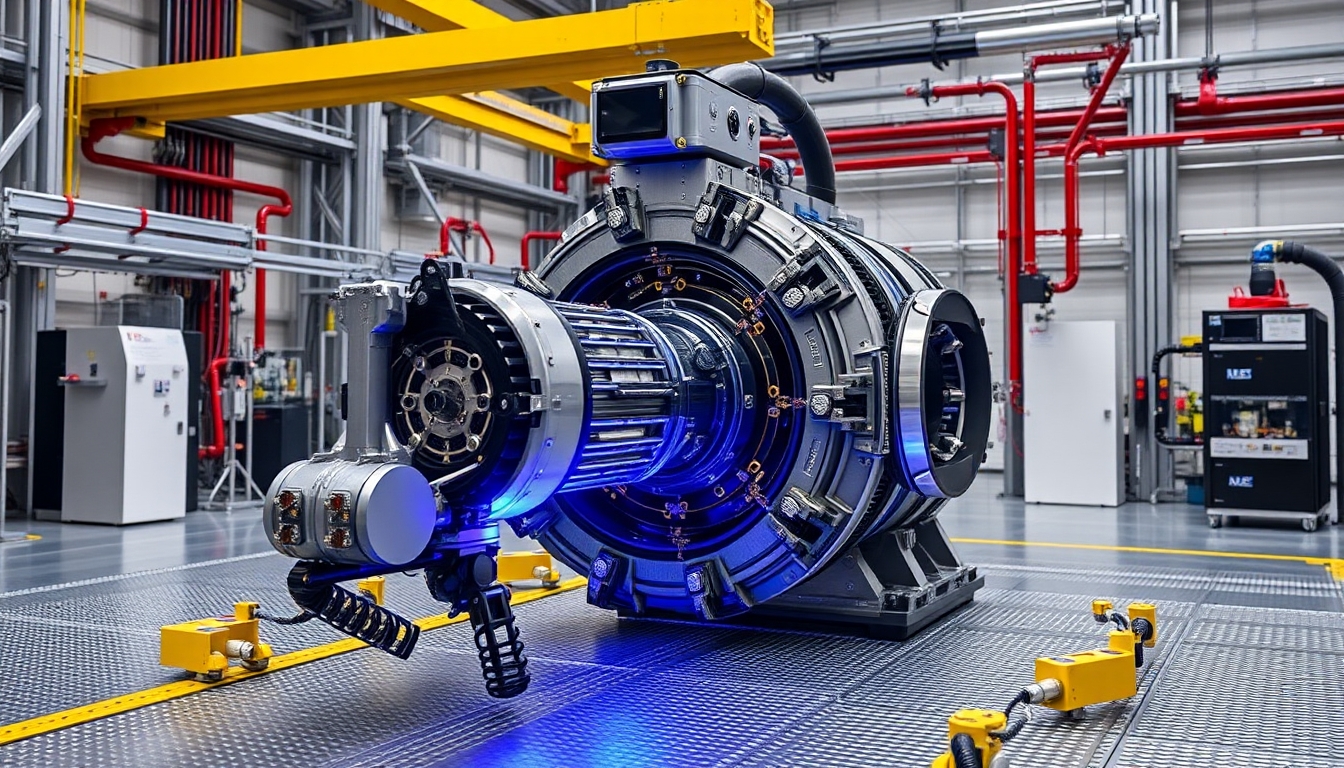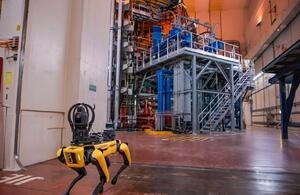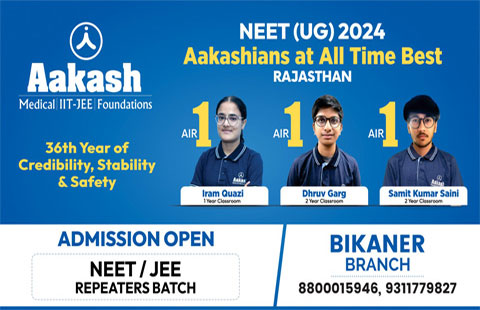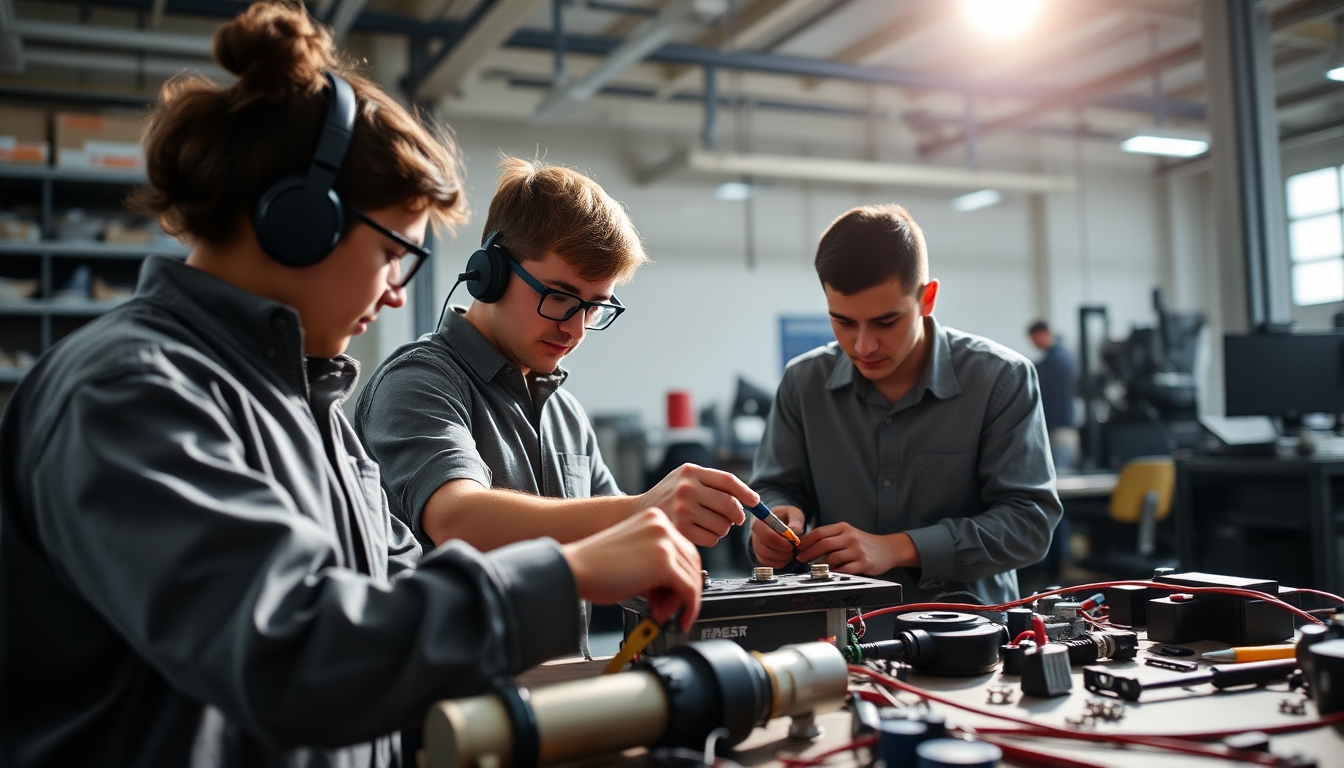Fri, 20 September 2024 03:21:38am
Related Tags: Autonomous robot, fusion energy, UKAEA, Oxford Robotics Institute, ORI, Boston Dynamics Spot quadruped robot, AutoInspect autonomy platform, JET facility, decommissioning and repurposing program
ROBOT REVOLUTION: Meet the autonomous hero that is about to change the Future of Fusion Power

ROBOT REVOLUTION: Meet the autonomous hero that is about to change the Future of Fusion Power
Imagine a world where machines do the dirty work, and humans get to enjoy the perks. Welcome to the future of fusion energy, where a game-changing robot has just taken its first step towards making maintenance a whole lot safer and more efficient. In a world-first, a fully autonomous robot has been deployed to inspect the inside of a fusion energy facility, paving the way for a new era in robotics.
The UK Atomic Energy Authority (UKAEA) and the Oxford Robotics Institute (ORI) have collaborated to achieve this milestone, using a 35-day trial to test the limits of autonomous robotic technology. The robot, equipped with advanced sensors and collision avoidance technology, was tasked with mapping the entire facility, taking readings of its environment, and avoiding obstacles - all without human intervention.
The trial, which took place at the Joint European Torus (JET) facility, was a resounding success, demonstrating the potential for autonomous robots to enhance safety and cut costs in future fusion facilities. So, what does this mean for the future of fusion power? Let's dive in.

In an effort to make fusion energy more commercially viable, researchers have been exploring ways to automate maintenance tasks. Traditionally, robotic inspections require humans to make decisions and operate them, but this trial has shown that autonomous robots can be trusted to do the job.
The project aimed to validate the reliability of autonomous robotic technology and instill trust and confidence in its use for safe and efficient inspections over extended periods. Dr Robert Skilton, Head of Research at UKAEA's Remote Applications in Challenging Environments division, emphasized the importance of this technology in making maintenance safer and more cost-efficient.
The robot used in the trial was equipped with ORI's autonomy platform "AutoInspect" and controlled a Boston Dynamics Spot quadruped robot. The system was designed to collect essential data on JET's environment and overall status twice a day, allowing the team to assess the feasibility of replacing human inspections with fully autonomous processes.
Prof. Nick Hawes, Professor of AI & Robotics at the University of Oxford, highlighted the value of autonomous robots in real-world applications like this. "Projects like this demonstrate the value of autonomous robots – robots that can do things themselves without direct control of humans."
The results of this trial will assist planning for the next stages of the JET decommissioning and repurposing program. This breakthrough could pave the way for autonomous maintenance and decommissioning in future fusion facilities, where human access may be limited due to challenging conditions.
Key Points:
- Autonomous robot deployed in fusion energy facility for first time
- 35-day trial demonstrated reliability and efficiency of autonomous robotic technology
- Robot equipped with advanced sensors and collision avoidance technology
- Trial aimed to validate trust and confidence in autonomous inspections
- Results will aid planning for next stages of JET decommissioning and repurposing program



